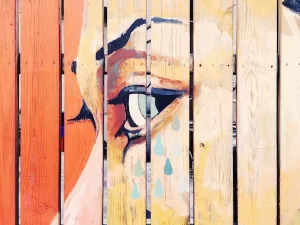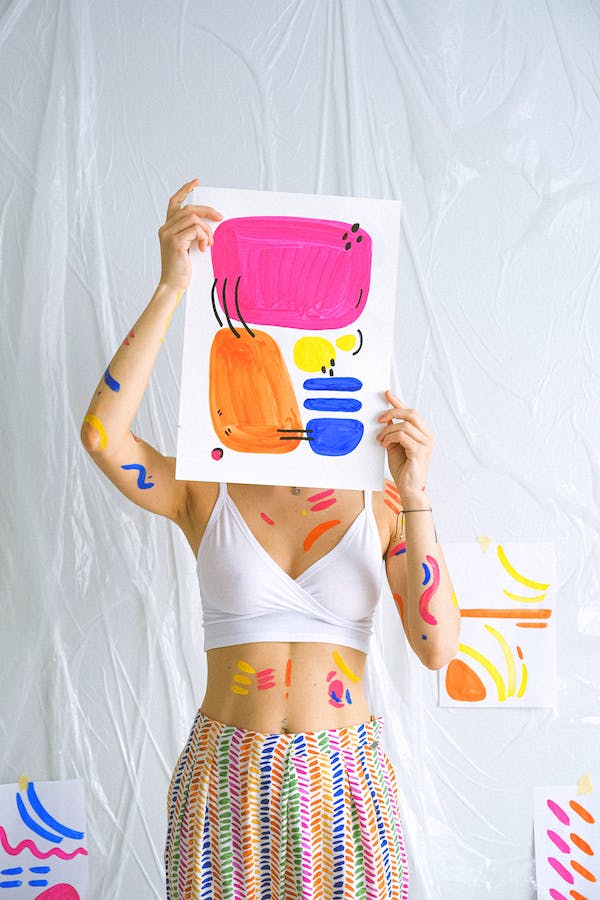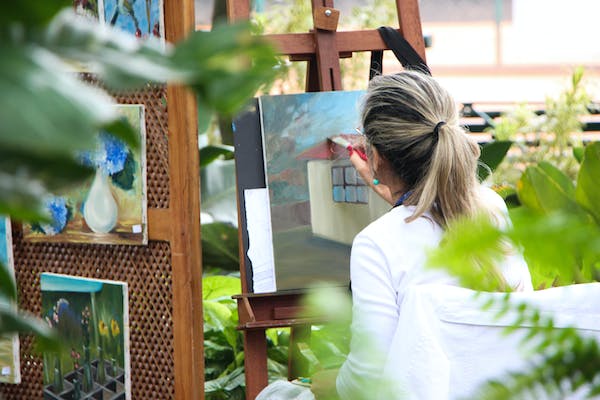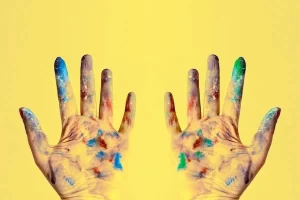
For many, the life of a successful artist may seem like a dream—days filled with inspiration, creative freedom, and the pursuit of passion. However, behind the scenes, the routine of a successful artist is a delicate balance between nurturing creativity and managing the practical aspects of life. This balance is essential for sustaining a long-term career in the arts, where both inspiration and discipline are key.
Morning Rituals: Setting the Tone for the Day
The day of a successful artist often begins early, with a morning routine designed to foster a mindset of creativity and productivity. Many artists find that the quiet of the early morning hours is the perfect time for introspection and preparation. A typical morning might start with meditation or journaling to clear the mind and set intentions for the day. This practice helps to center the artist, allowing them to approach their work with focus and clarity.
Physical exercise is another common component of an artist’s morning. Whether it’s a brisk walk, yoga, or a workout at the gym, physical activity helps to invigorate the body and mind. For artists, maintaining physical health is crucial, as it directly impacts their energy levels and ability to sustain long periods of focused work.
Studio Time: The Heart of the Creative Process
After the morning rituals, the artist typically moves to the studio, where the core of their work takes place. Studio time is sacred; it’s where ideas are transformed into tangible creations. The length of time spent in the studio can vary greatly, depending on the artist’s medium and project. Some artists may work in intense, focused bursts, while others prefer a more extended, steady approach.
During this time, the artist dives deep into their creative process. They might be painting, sculpting, writing, or composing music. The key to success lies in consistency—showing up in the studio regularly, even on days when inspiration feels elusive. Successful artists understand that creativity isn’t always about waiting for a muse; it’s about cultivating a disciplined practice that allows inspiration to flourish over time.
Breaks and Reflection: Maintaining Balance
While the studio is the heart of the artist’s workday, it’s important to incorporate breaks to prevent burnout. Successful artists recognize the importance of stepping away from their work to recharge. These breaks might include a walk in nature, reading, or simply spending time with loved ones. Such moments of rest are crucial for maintaining the mental and emotional balance necessary to sustain a creative career.
Reflection is another essential aspect of an artist’s routine. At the end of the workday, many artists take time to evaluate their progress, reflecting on what worked and what didn’t. This practice not only helps in refining their craft but also in setting goals for the next day.
Evening Wind-Down: Preparing for Tomorrow
As the day winds down, successful artists often engage in activities that help them relax and prepare for the next day. This might include cooking a meal, enjoying a hobby unrelated to their art, or spending time with family and friends. Some artists also use the evening to review their day’s work and plan the next steps for their projects.
A good night’s sleep is vital for creativity, so establishing a bedtime routine that promotes restful sleep is essential. This routine might include reading, meditation, or listening to calming music.
Conclusion: The Art of Balancing Creativity and Life
The daily routine of a successful artist is a blend of discipline, creativity, and self-care. By establishing a structured routine that supports both their artistic practice and personal well-being, artists can sustain their creativity over the long term. It’s this balance that allows them to thrive, turning their passion into a lifelong pursuit while maintaining a fulfilling, well-rounded life.

 For many artists, creativity is inseparable from their identity. It serves as a means of self-expression, allowing them to channel their emotions, experiences, and perspectives into their work. However, the same qualities that fuel their artistic endeavors can also predispose them to addiction. The intense emotional highs and lows that accompany the creative process can become overwhelming, leading some artists to seek refuge in substances as a means of coping.
For many artists, creativity is inseparable from their identity. It serves as a means of self-expression, allowing them to channel their emotions, experiences, and perspectives into their work. However, the same qualities that fuel their artistic endeavors can also predispose them to addiction. The intense emotional highs and lows that accompany the creative process can become overwhelming, leading some artists to seek refuge in substances as a means of coping. Artistic expression is a multifaceted phenomenon that transcends conventional boundaries and defies standardization. From the rhythmic strokes of a painter’s brush to the melodic cadence of a poet’s verse, each artistic medium has its tempo—a unique rhythm that reflects the artist’s vision, emotions, and creative impulses. In this article, we delve into the distinctive tempo of artistic expression and explore how it shapes the creative process across various disciplines.
Artistic expression is a multifaceted phenomenon that transcends conventional boundaries and defies standardization. From the rhythmic strokes of a painter’s brush to the melodic cadence of a poet’s verse, each artistic medium has its tempo—a unique rhythm that reflects the artist’s vision, emotions, and creative impulses. In this article, we delve into the distinctive tempo of artistic expression and explore how it shapes the creative process across various disciplines. The world of art is a vibrant tapestry woven with the threads of individuality, creativity, and the courage to defy norms. Artists, by their very nature, tend to march to a different beat, crafting their unique rhythms that resonate with the echoes of their personal narratives. In this article, we embark on an exploration of the artistic journey, delving into why creatives often choose the path less trodden, forging their own distinctive cadence.
The world of art is a vibrant tapestry woven with the threads of individuality, creativity, and the courage to defy norms. Artists, by their very nature, tend to march to a different beat, crafting their unique rhythms that resonate with the echoes of their personal narratives. In this article, we embark on an exploration of the artistic journey, delving into why creatives often choose the path less trodden, forging their own distinctive cadence. The artist’s lifestyle usually revolves around their work and creative processes. This could include staying up late, turning off late-night alarms and creating a working environment that works for them. They may live in places that inspire them, such as a cabin in the woods or a city loft, but they may also live in whatever suits their lifestyle and budget best.
The artist’s lifestyle usually revolves around their work and creative processes. This could include staying up late, turning off late-night alarms and creating a working environment that works for them. They may live in places that inspire them, such as a cabin in the woods or a city loft, but they may also live in whatever suits their lifestyle and budget best.

